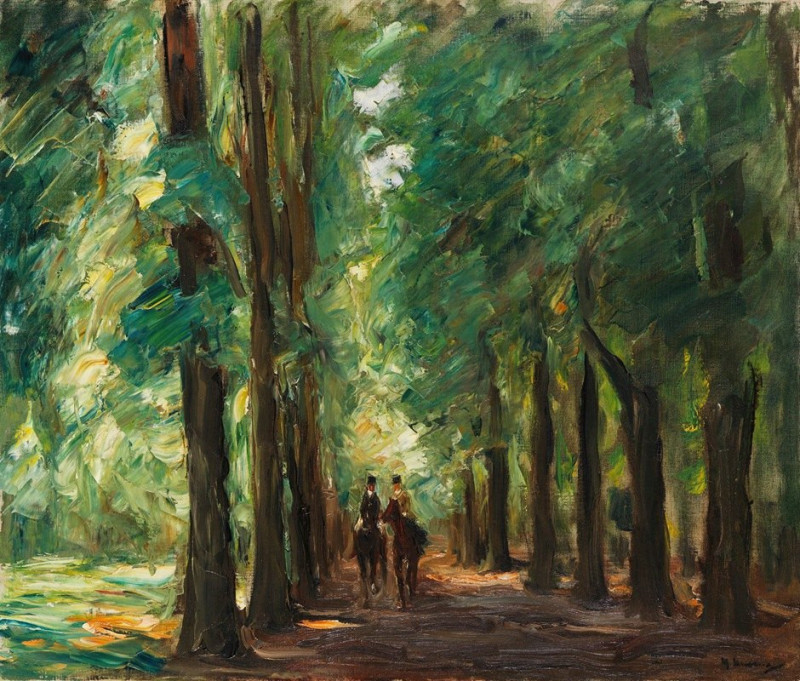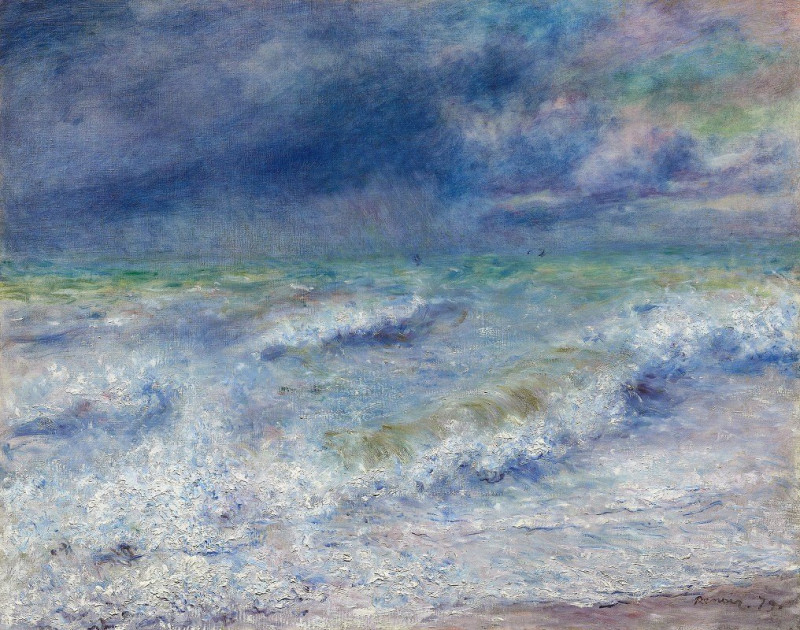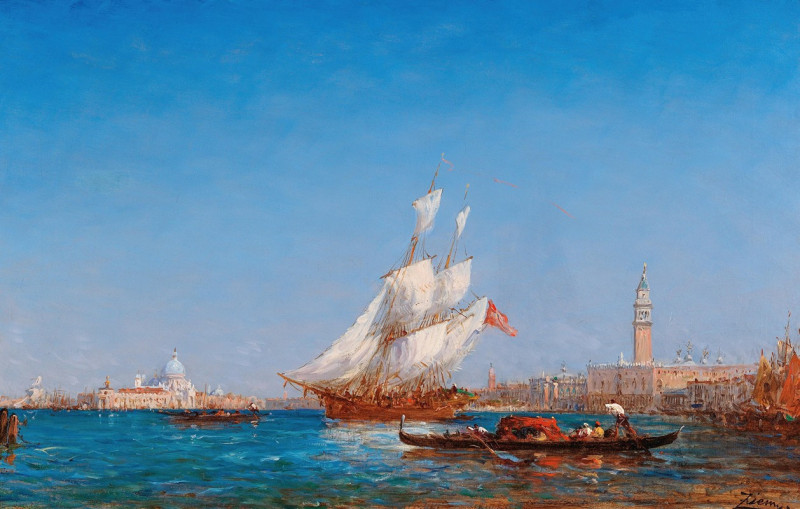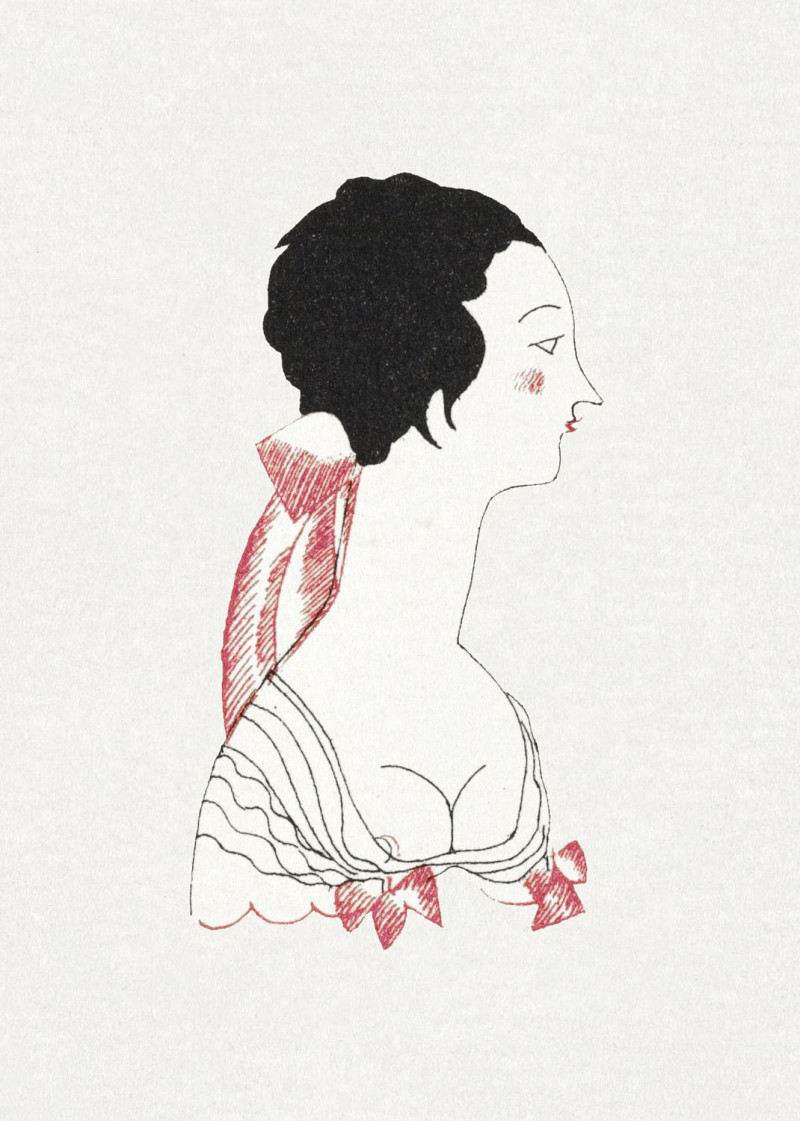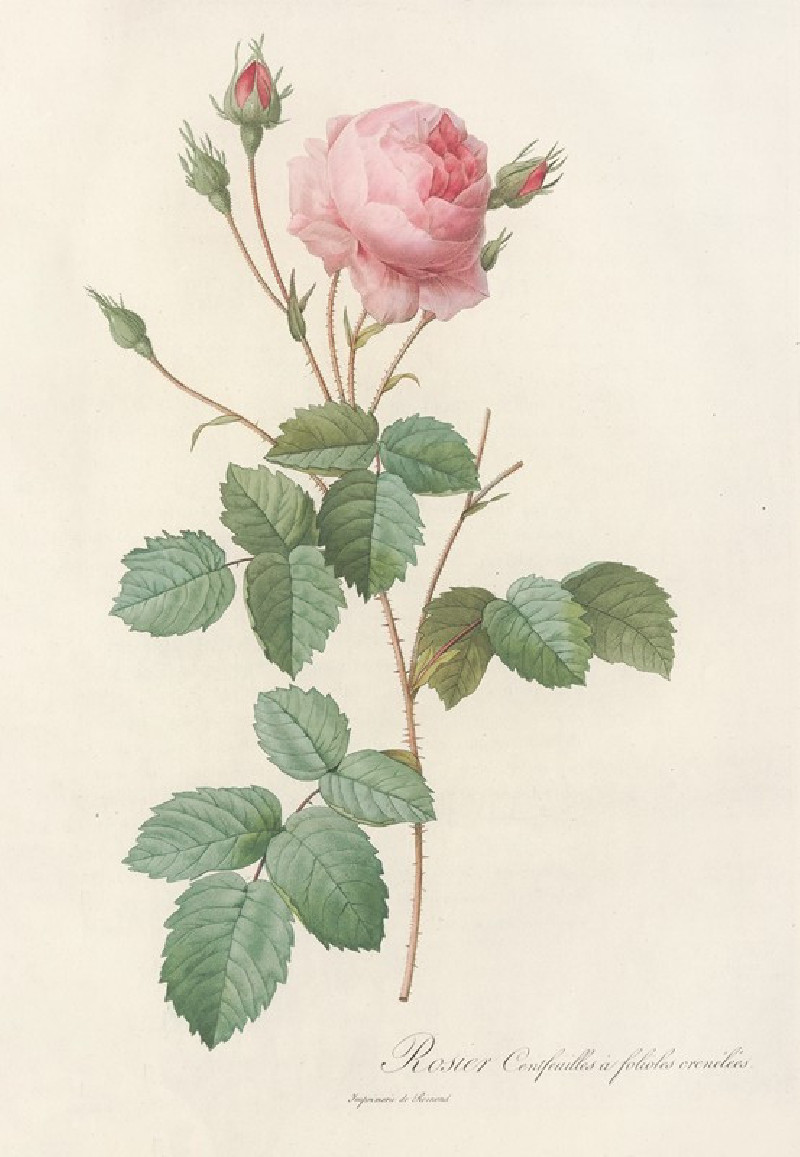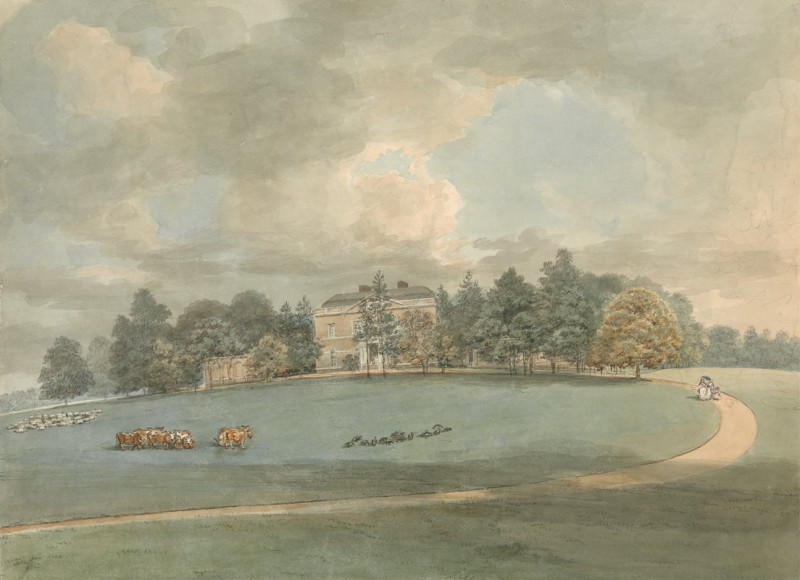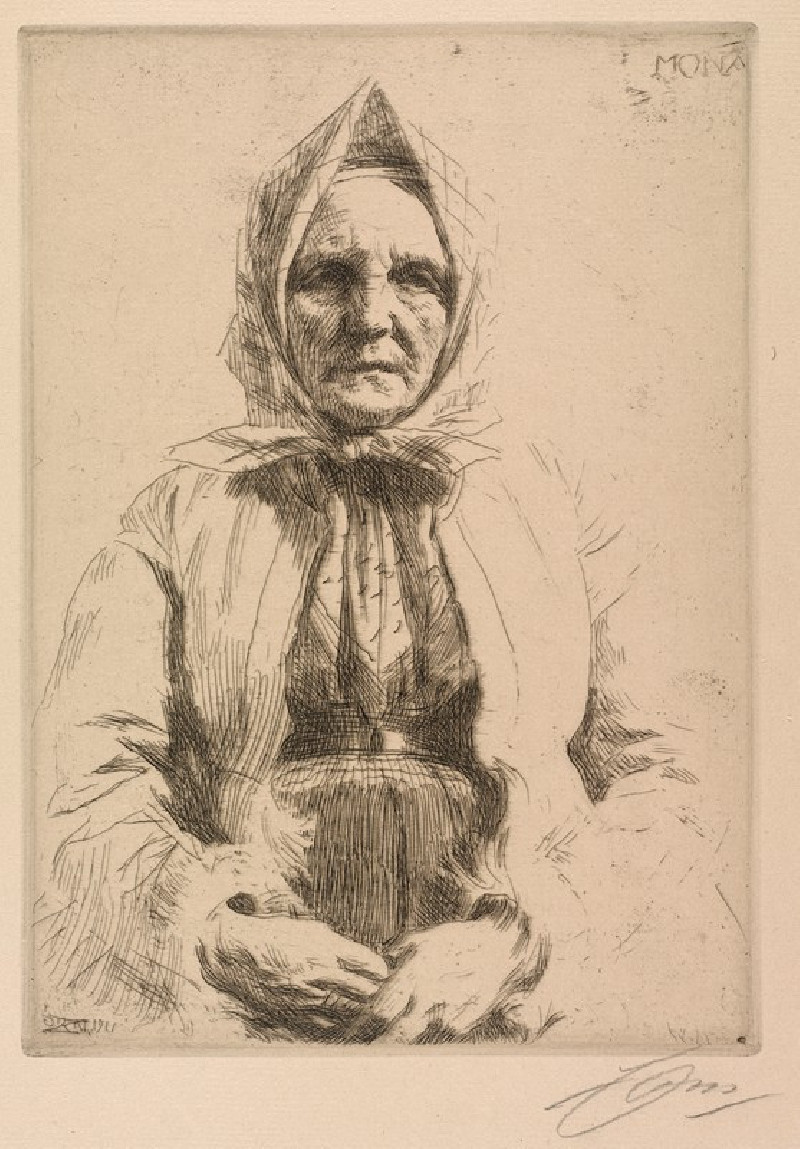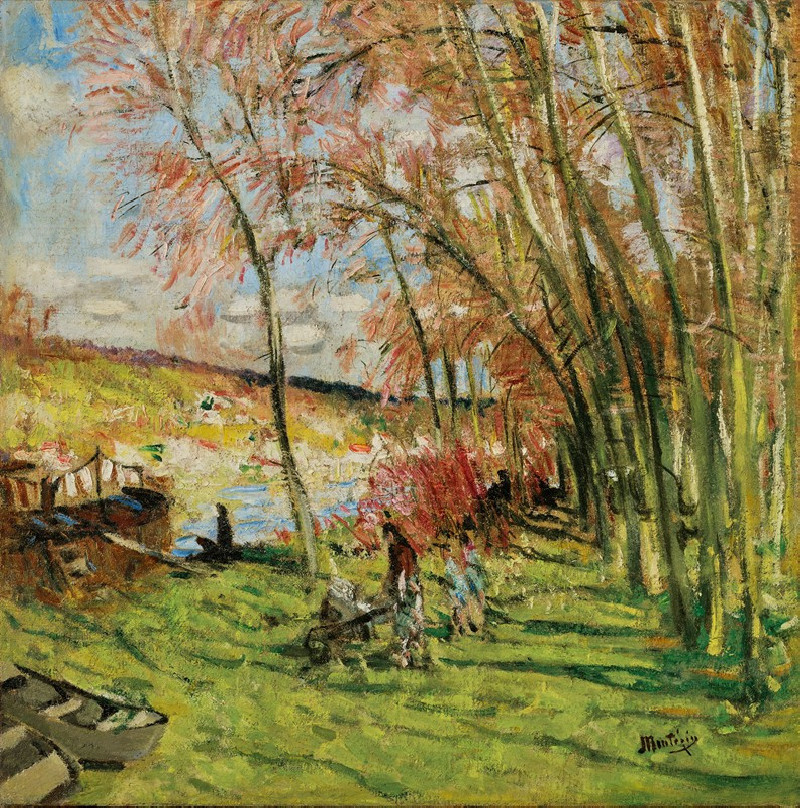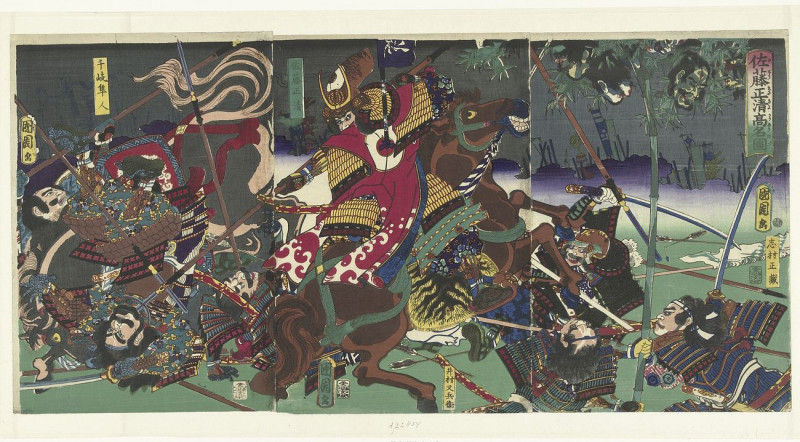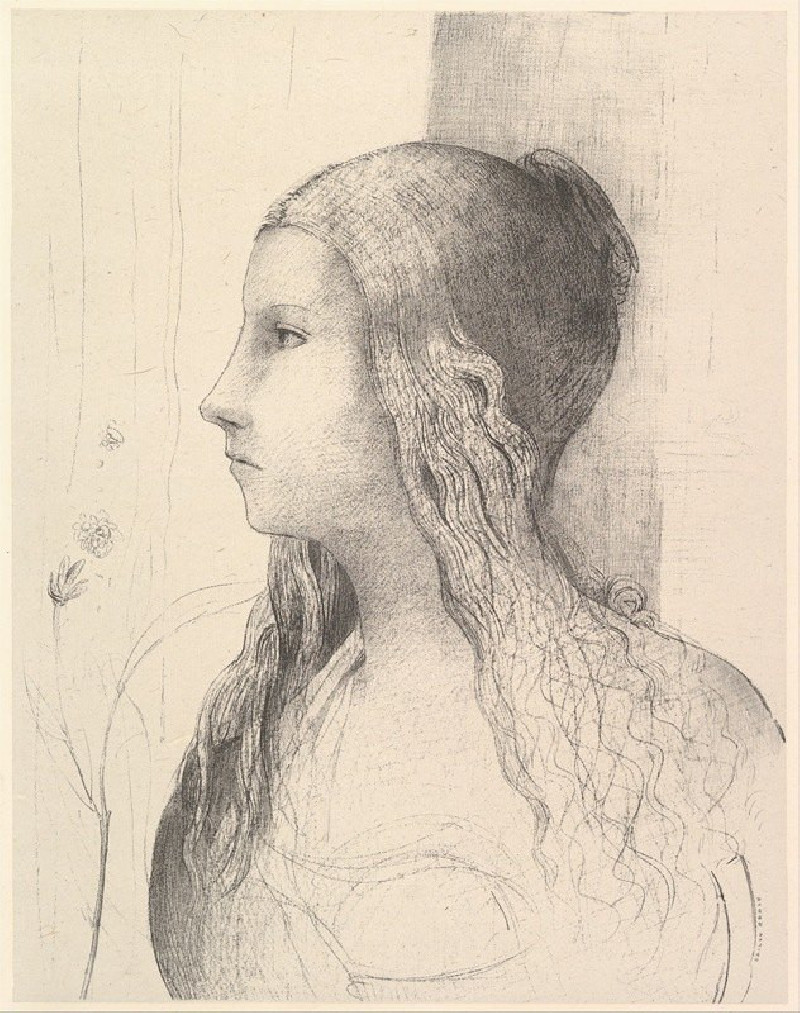Stadtlandschaft mit zwei Straßenbahnen (Strassenbahn. Berlinerstrasse in Dresden) (1909-1911)
Technique: Giclée quality print
Recommended by our customers
More about this artwork
Welcome to a glimpse into the dynamic urban landscapes captured by Ernst Ludwig Kirchner in his painting "Stadtlandschaft mit zwei Straßenbahnen" (Cityscape with Two Trams), painted between 1909 and 1911.This drawing, a delicate interplay of line and form, encapsulates the vibrancy and rhythm of early 20th-century Dresden. Kirchner captures the street scene with a bold simplicity – expressive, almost fleeting strokes delineate the architectural forms and meandering tram lines. Central to the composition are two trams, their sleek forms cutting through the urban backdrop, symbolizing modern movement and the pulse of city life.The earthy tones and softened buildings contrast with the sharp, dynamic lines of the trams and the power lines above, creating a harmonized yet electric display of urban activity. This artwork not only portrays the physicality of the city but also conveys the atmosphere of a time when urbanization was dramatically reshaping lives and landscapes.Kirchner's distinct style—part of the German Expressionist movement—reflects his response to an ever-modernizing world, making this piece a compelling historical document as well as a striking artistic creation. The loosely defined figures and abstracted elements suggest a moment caught in time, fleeting yet profoundly impactful.
Delivery
Returns
Ernst Ludwig Kirchner (1880–1938) was one of the most important German Expressionist painters. He was a co-founder of Die Brücke, a group of German expressionist artists formed in Dresden in 1905. Die Brücke and Kirchner took inspiration from Vincent Van Gogh and Edvard Munch, as well as African and Oceanic art. They used woodblock printing as a medium to showcase their signature style: flat, unrealistic images with vivid colors. The recurring themes in Kirchner's artworks included exotic cultures, faraway landscapes, self-portraits, dancers and Berlin street life. His paintings and prints effectively portrayed non-European cultures despite the fact that he never traveled outside of Europe.

































